Creating Brand Narrative and Content: Be the IPOD, Not the LISA
11 Dec 2024

Stories are atomic.
Enough to build a loyal customer base, OR at higher scale-
Propagate an entire religion.
Today, we'll take a rather microscopic lens. In this blog, I'll explain why stories can build (or break) your brand.
I will also explain how I did it with orgs in the past and its impact on larger business OKRs.
Let's get started.
Why Stories are Important: Introduction to Narrative Building
Consider this for a second.
This was Apple in 1983:

This is Apple in 2020:
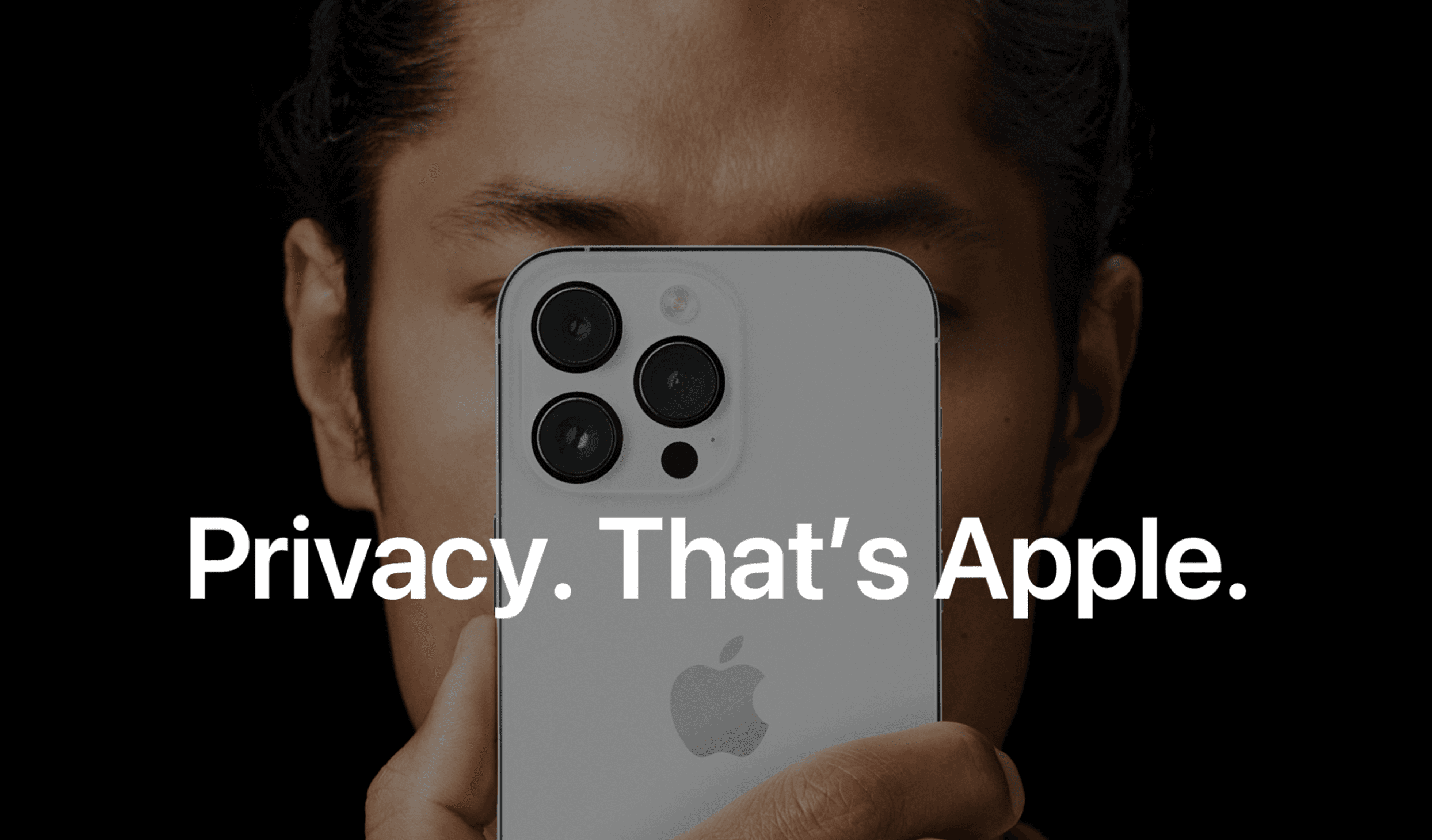
As you can imagine-LISA, Apple's attempt at personal computers in 1983 failed miserably.
In fact, the first picture is a part of 9-page jargon ad that "only NASA scientist could understand."
Of course, once Jobs returned from Pixar, Apple became compelling, and clear in their communication.
You see, stories are a sense-making mechanism.
That's why people who understand you- trust you, buy/invest in you and refer you.
Why Stories Help You Sell More
Remember Maslow's Hierarchy of Needs?
Leadership coach and my dear colleague, Kshitiz Sachan, recently reintroduced me to it.
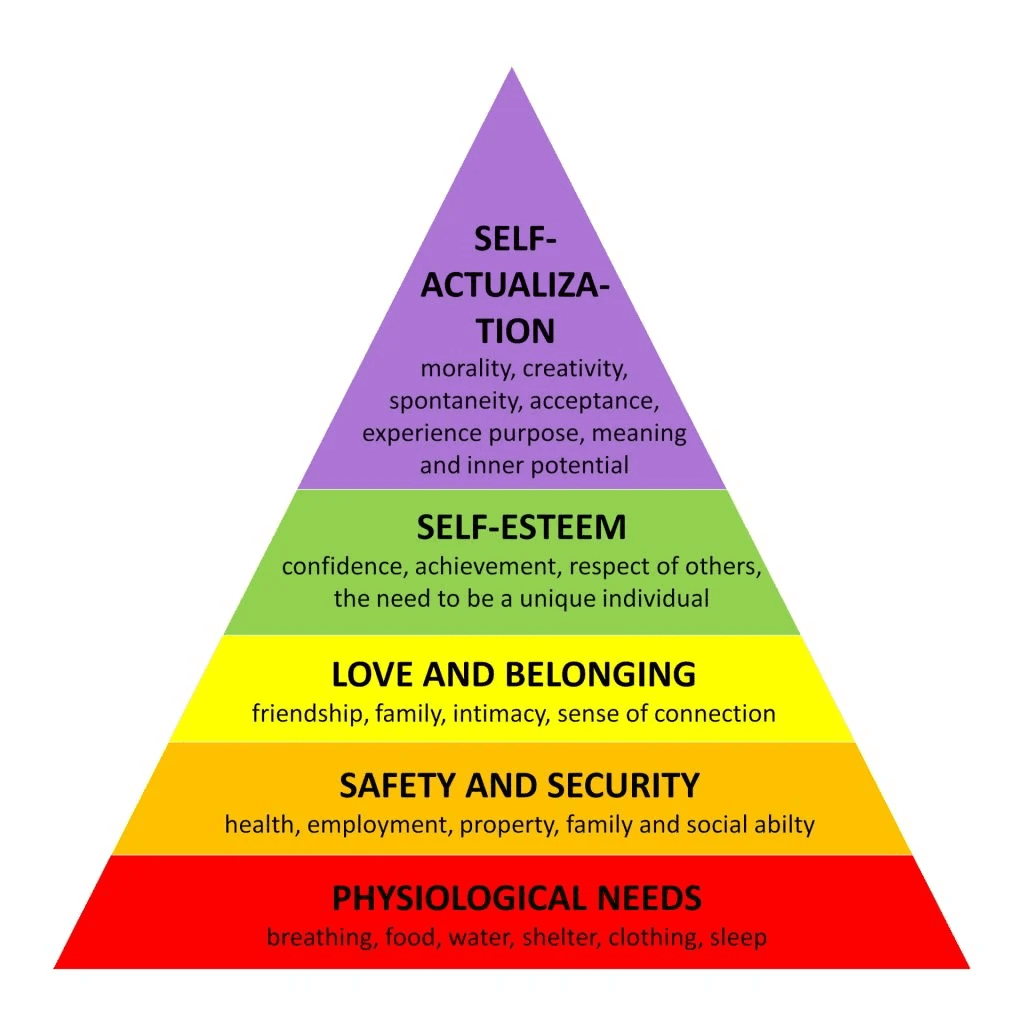
At our most instinctual level, human beings still care about food, water, and sex. Then, they move on to safety (shelter) and community needs.
What does it mean for you?
Human beings are constantly scanning their environment (even advertising) for information that is going to help them meet their primitive need to survive.
Optimise your marketing for that.
Better yet, use a formula to ensure you have a story.
I have used this formula in 7+ orgs. Crafting their narratives, fueling their content and communication.
Can There Be a Formula For Stories?
In pretty much all aspects of business, we operate on trusted formulas.
Great management formulas like Ken Blanchard’s Situational Leadership and manufacturing formulas like Six Sigma and Lean Manufacturing are some prime examples.
So, how about a formula for brand communication?
Here's the one I use:
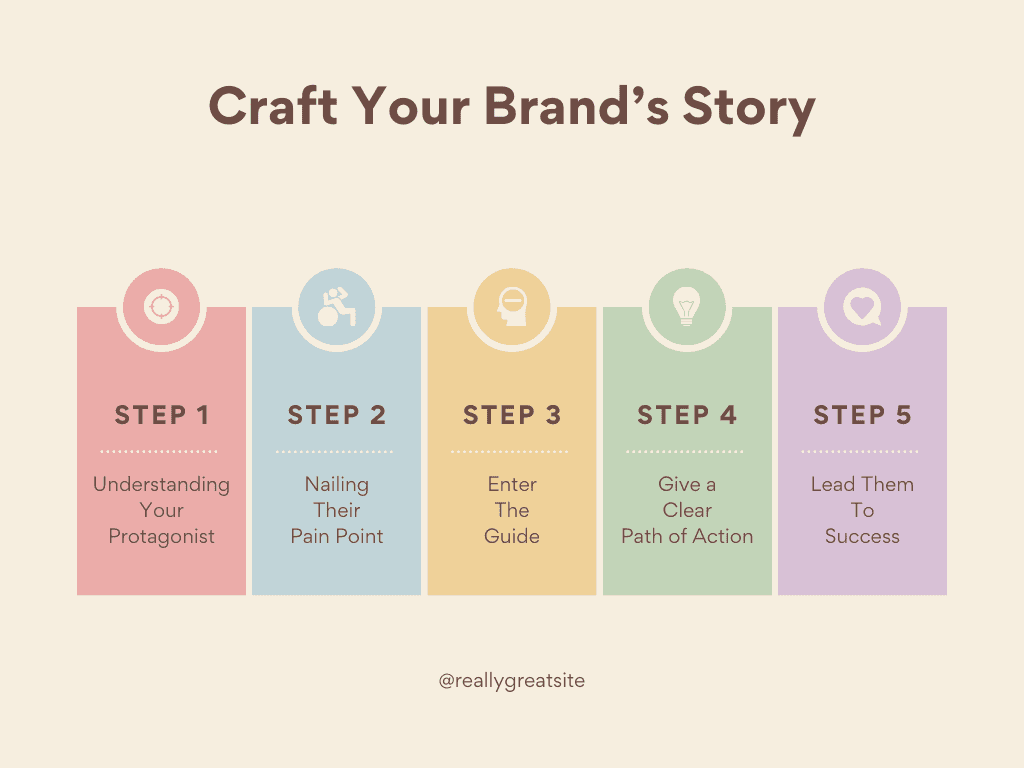
The HERO needs something.
Encounter a PROBLEM in the process
Meets a GUIDE
that give them a STRATEGY and CALLS THEM TO ACTION.
Action helps them avoid FAILURE and ends in a SUCCESS.
Take the example of any great movie.
Sholay, for instance, though they come with the intention to make/steal money.
They soon identify with the purpose of ending Gabbar's Singh tyranny (The NEED). Gabbar is all powerful because of his influence. (Problem) However, Thakur Baldev inspires and calls on them to action with his own story. Needless to say, Jai comes to the rescue, the dacoits are slain, Thakur Baldev Singh takes his revenge on Gabbar, and (some of) the lovers live on happily.(Avoid failure and end in success)
This formula can be applied to create the brand strategy of pretty much any org.
The companies that fail to do so?
Well, they fail miserably.
Take the example of Tidal- a music streaming platform by Rapper Jay Z.
Jay Z founded the company with with a mission to “get everyone to respect music again.” In fact, he personally invested $56 million.

Instead of being owned by music studios or tech companies, Tidal would be owned by musicians, allowing them to cut out the middleman and take their products directly to the market. We all know the struggles of great artists like Michael Jackson and Amy Winehouse that were practically harassed by big level studios.
Tidal would allow artists to access more of the profits.
But here's where they went wrong.
Jay Z made the mistake of positioning himself and other artists as the heroes.
Not his users.
Were artists going to buy music from each other? No.
He needed to position the customer, not the artist, as the hero.
In fact, Tidal's narrative became counter-productive. Users started regarding it as famous, multimillionaire musicians guilt-tripping them into paying more for their music.
Like I said, BIG FAIL.
In the upcoming sections, I'll explain how you can implement the formula accurately for your org. I'll also add actionable tips from my previous experience in building brands.
How to Implement the Narrative Formula Right
Let's get right into it.
Build the Hero
While building you main protagonist- know your ICP well.
You should have nailed down their aspiration, pain points and behavior through first few marketing iterations.
After that, follow these 3 Golden rules:
The Scintillating Gap
What if Gabbar Singh died by cancer in first half of Sholay?You'd lose interest in the movie right away, won't you?
So here' my two cents- Emphasize on customer's problem.Cover each aspect of it. Do NOT provide the solution right away.
Let it remunerate. Let it influence your user's psychology. Focus on the implications; in case the solution is not implemented.
I constantly used this technique on product pages and blogs.
The conversion rate went up by 12-35% from this one simple trick.
Here's a simple way we include this technique in Cashfree Blogs:
Focus on ONE ambition:
I understand-most startups are not solving one single problem. But try to distill them into one.Define a specific user desire and become known for helping people achieve it.
Too many solutions? Your customer will be confused.Go for simpler more user centric alternatives.
Example- Cashfree Payments website. We could have chosen to go with the terms "Payment Gateway", "Payouts" or "Banking as a Service." But that is not what defines Cashfree.
But here's what we did instead:
Which Need are You Solving (Maslow's Heirarchy)
Are you helping you customers save money/time?
Helping them build social network or gain status?
Ensure you tie your solution answers at least one BASIC human need.
Here's how we implemented it in some email communication at Keka HRMS. (Helping customers save time and money by automating manual HR tasks)
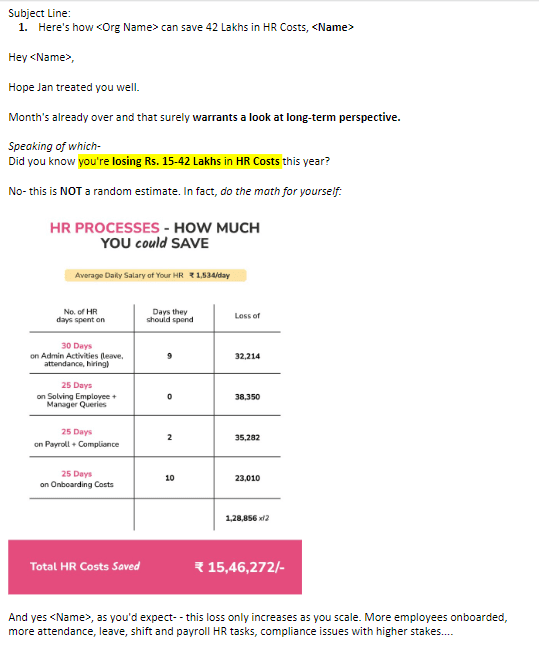
Defining the Hero's Problem
What is Harry Pooter without Voldemort? Mr. India without Mogambo?
The Villain
Give your user's conflict a clear point of focus.
The more evil, dastardly the villain, the stronger your narrative.
Moreover, ensure the villain is the root source, not the by product.
If you are a Tax accounting expert:- High taxes is the root cause, frustration is just by-product.
Timex understands this concept well:
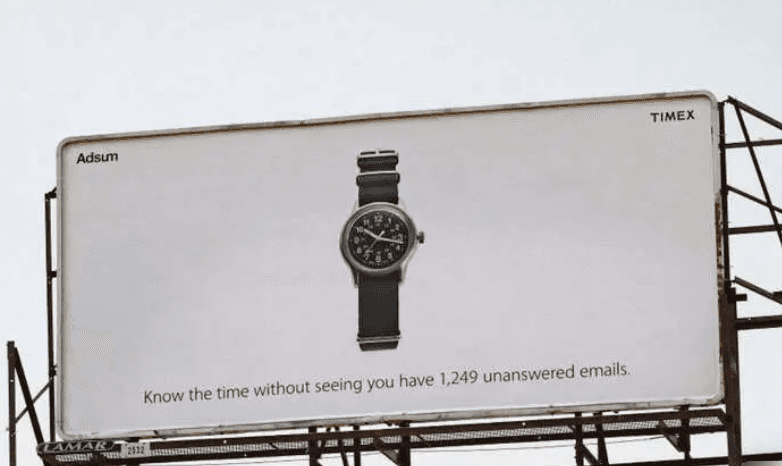
Nail Their Pain Point
To reference Donald Miller's book, Understand the kind of problem you're dealing with.
If you sell razors, your users buy from you because they are embarrassed about their unkempt look or simply don't have time to go to barber every other day.If you sell payment gateway, they're worries about their collections and disbursals.
Not as cool as Shah Rukh Khan saving the nation~but hey- a problem just as relevant. Usually, you will encounter 3 kinds of problems:
EXTERNAL PROBLEM: In stories, the external problem is often a physical, tangible problem the Character must overcome in order to save the day. If you're a cloud kitchen, the external problem you solve is hunger.
INTERNAL PROBLEM:- Understand- The purpose of an external problem in a story is to manifest an internal problem. Look at it this way: External problems cause internal frustration- it’s those frustrations that are motivating them to call you. Hunger leads to desperation, makes you irritatable. That's the problem you're trying to save.Not just hunger- per se.
"You're not you when you're hungry"
Rings a bell?
PHILOSPHICAL PROBLEM: Essentially- something even larger than the story itself.
Answer the "Why does it matter?" of it allWhy does this story matter in the overall epic of humanity?
This answer gives a deeper sense of meaning to the customer.
Take this for instance:
Growth X is not just L&D, its about building a community.
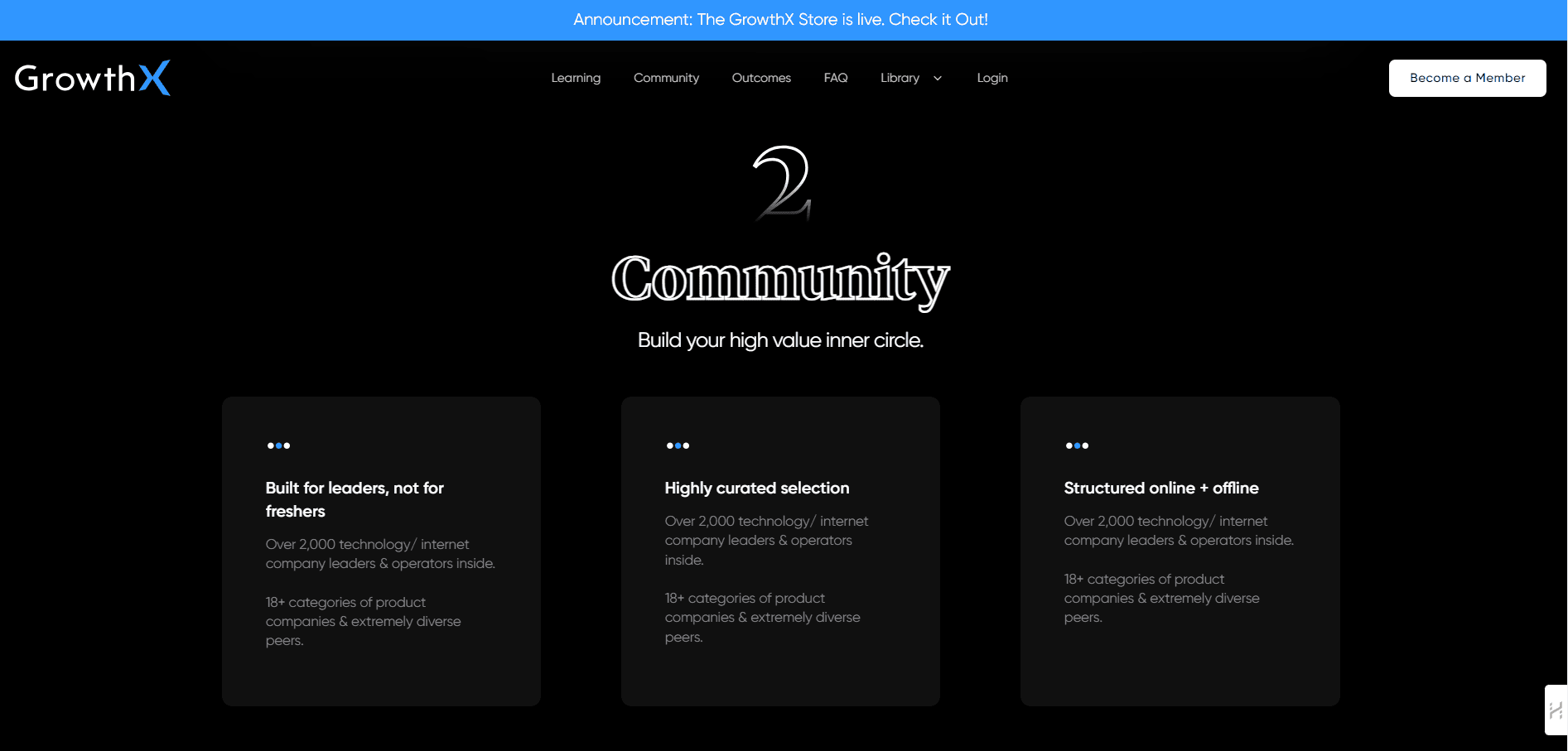
Enter: The Guide
You need to enter as a guide- Once you have identified the internal and philosophical problem.
Here, you have two options. Either act:
As The Empathetic friend. I often use this in my blogs, ads and emails. Empathize with your customer- let them know you understand and care.
Here- the trick is to be specific. You can only know that once you have your buyer personal nailed down.
The other option is to be authoritative. Being a Thought leader, in true sense of the term.
Include original frameworks and models.
Commission original reports
Provide solutions to pain points they don't even consider- but impacts them all the same. One instance:

Give a Clear Path of Action
What is karate kid without Mr. Miyagi?
In order to currently guide your customer- you need to give your customers very clear instructions.
I'm talking step by step guides.Let me divide this advice into customer journey touchpoints and explain:
A) Acquisition Stage: Educate them. Think SEO Optimized thought leadership blogs, eBooks, Whitepapers, original reports. Tell them about the implication of ignoring their pain point and appeal to their internal problem.
B) Consideration Stage: Remember the Maslow's Heirarchy?Borrow a tip (or two) from it. Make it as easy as you can for your customers.
This goes for your landing pages, your newsletter, your case studies/testimonials et all. Take the example of Framer
What it Does: Prototyping tool and interactive design platform that allows developers to design, prototype, and iterate on user interfaces by combining visual editing with React code components.
How they put it?:
C) Conversion Stage:
Have they signed up? Converted them into a true MQL?
Now- optimize user journey even more.
Tell them the exactly what they can expect. Your sign up and subsequent should tell them exact steps they need to follow. Create a user journey prototype and reiterate them again and again. Here's one to give you an idea: (yes, this user-journey is just a prototype for this pointer)
Lead Them to Success
In 1979, Nobel Winner Daniel Kahneman published "Prospect Theory."
It revealed that people are more dissatisfied with a loss than they're happy with a gain.
Ensure that your clear plan of action and guidance focus on helping then eliminate a pain point.
As for helping them attain success- You have 3 clear options.
Make your customer:
A) Feel Whole:
Does your product reduce stress by reducing workload? Customers who dont have your tool need to work more because they are "incomplete".
Selling an HRMS? You complete them by saving 1/4th of tedious work hours. Its ideal to live a happier, hassle-free life. Your tools gives them that.
B) Achieve Power or Status:
-Starbucks membership card.
-Amex Black Card
-Limited edition DLF real estate
-Premium version of SaaS apps
Status and societal positions does open doors for a lot of your customers. They may be looking for it. Some are def craving for it.
After All, there's a reason why Apple Flagships phones are sold out as soon as they're released.
C) Attain Self Realization
Coldplay is about embracing your humanity.Beyonce and JayZ are "hustlers".
MTV is about the youth spirit.Nike and Adidas are about reaching your full potential.
I could go on and on- but you get the drift.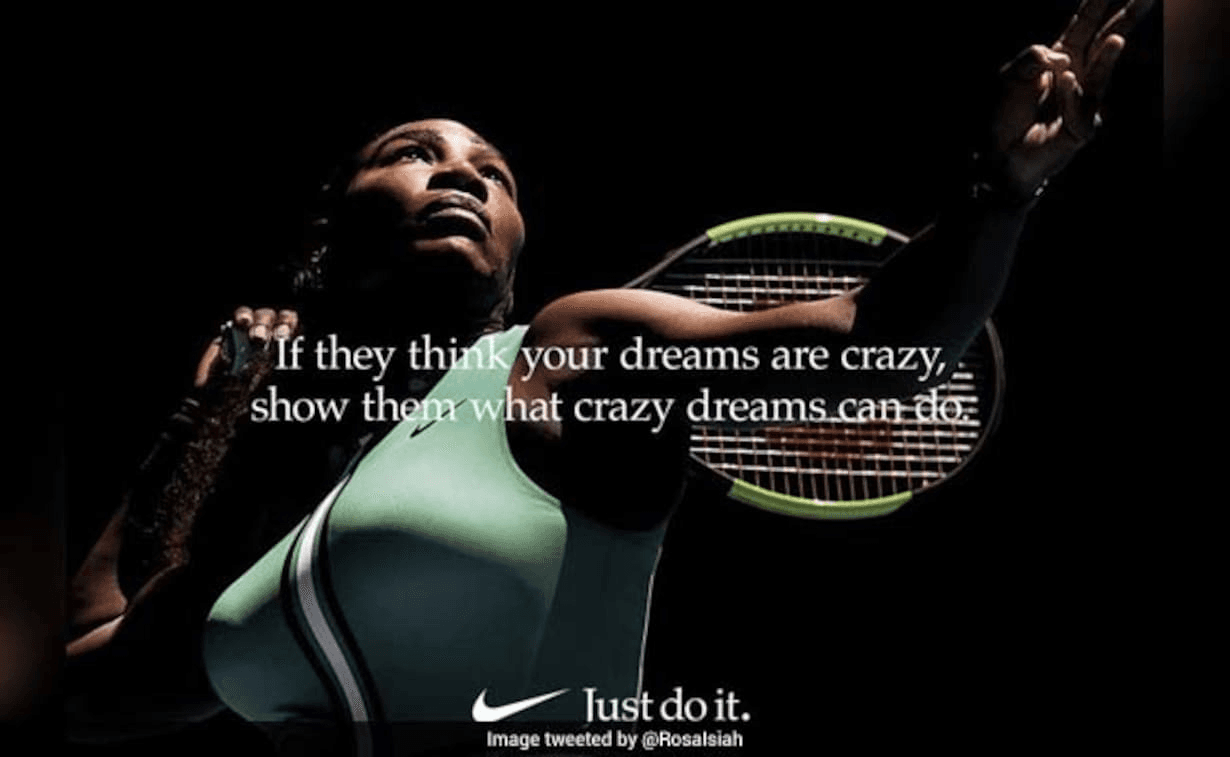
Building your narrative is not easy. Things worth doing rarely are.
Ensure you're putting in the effort that your brand deserves. Position your story before starting with any other marketing activity.
On this note, I bid adieu.
See you in my next blog. :)